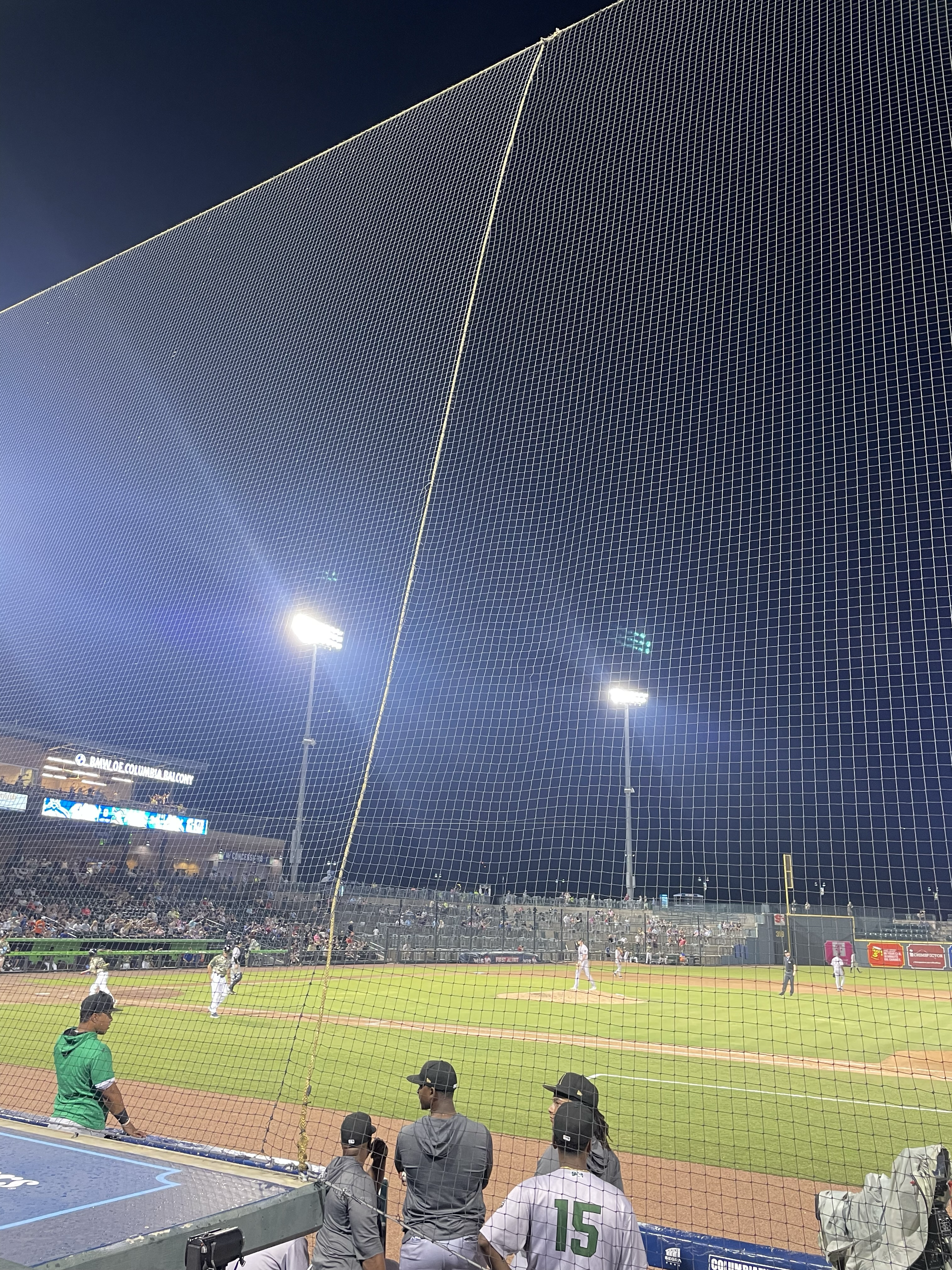I’ve been playing around with Adobe’s Project Indigo computational camera app recently. I’ve got an old, but completely functional iPhone 12 Pro. Tonight at a minor league baseball game, while we were waiting for the game to end and the post-game fireworks to begin, I decided to try Project Indigo out in some challenging light. First, from our seats on the first base line, I took a shot with the iPhone’s stock camera app:

The shot’s fine, but it’s clear the net was an issue. The iPhone processing made it seem far more prominent than it really was. I then tried to take the exact same composition with Project Indigo:

This looks a lot closer to reality. It handles the sky and the net better. You can’t really tell from this upload, but detail is much...

